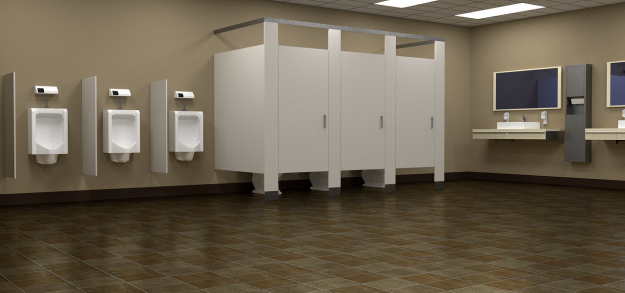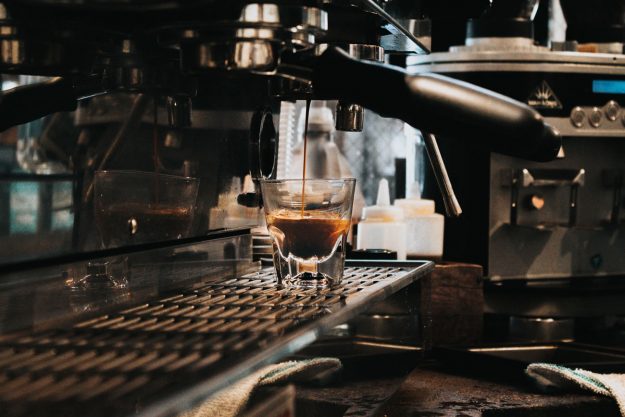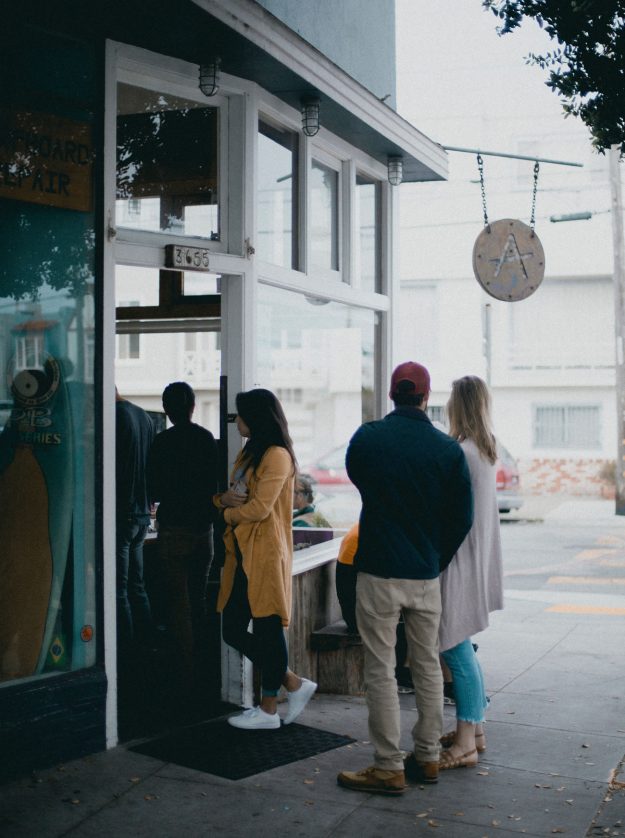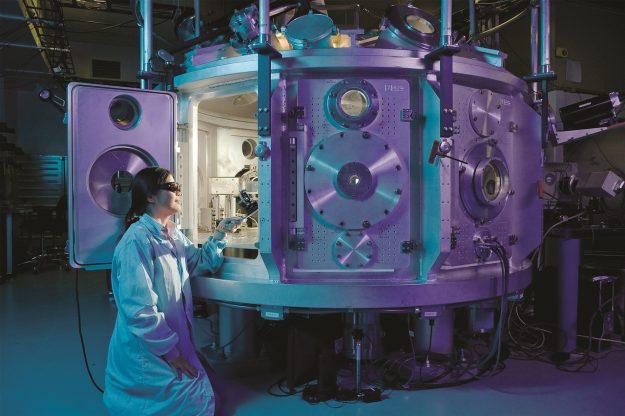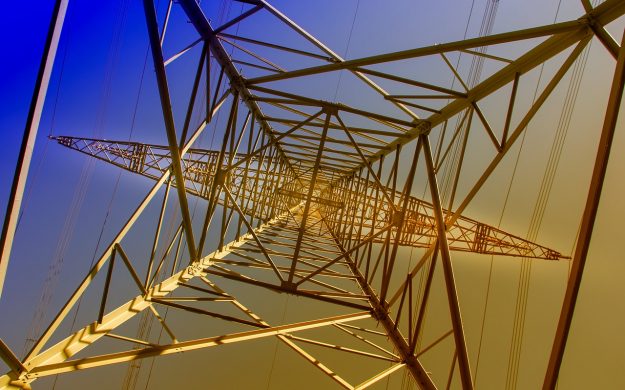
Use Case: Onboarding – Improving the new employee experience
What’s the issue?
Wikipedia defines onboarding as “the mechanism through which new employees acquire the necessary knowledge, skills, and behaviours in order to become effective organisational members and insiders.”
It is often used interchangeably with induction, however, they are not the same. While induction normally takes place in a brief period after a new employee arrives, maybe a single day, or up to a week. Onboarding is a more encompassing process that can start even before the employee first arrives, shortly after a job offer is accepted, and could continue for up to a year.
The current situation
According to a recent study (1) over 90% of new employees are willing to quit a new post within the first month of taking up a new post if it doesn’t match their expectations. This is clearly a challenge to the employer who has spent considerable time and resources recruiting new staff. Like all employers, universities want to make sure that these expensively acquired recruits stay long term and quickly become valuable members of the team. However, much of the onboarding that currently takes place is of the superficial, induction type process. It consists of a few brief training sessions on the university’s history, structure, systems, procedures and policies. Huge amounts of information is often delivered with little likelihood of it being remembered or even needed.
David James from Looop(2) describes this as:
“Our company was formed in blah blah blah… We started off as a widget maker… We now operate in all known solar systems… Here’s the intranet. Here’s how you book holiday. This is what you do if you’re sick. Here are the company goals. Here are the fire exits. Here is our LMS. Here’s where you select your benefits. Rah rah rah…”

How could onboarding be improved?
In order to achieve the aims of high-quality onboarding, a programme it needs to:
- Be planned with key milestones and reviews (possibly after one week, one month, 3 months and one year)
- Provide just the right amount of information at the right time
- Supply a set of useful resources.
- Provide mechanisms communication and feedback
- Give access to support and social interactivity – help them feel comfortable as soon a possible
The university should start onboarding before the new recruit arrives. Their manager should contact them to let them know about their first day – where to go, what to bring, what to wear, what they’ll be doing. They could use a video call (Skype, Facetime, etc.) to show them around the department and say hello to a few colleagues.
On the first day, it is clearly important they get the chance to meet people along with ensuring that their work area is fully set up and the essential information is easily available, including information about how basic systems work and what is expected of them over their first few days. Short term goals and projects are a good idea, along with support and information resources.
By the end of the first week they should have received some feedback and the chance to join in a social. The use of online communication or social media style tools can help them integrate into the team.
As previously mentioned regular reviews and milestones, as part of the clear onboarding plan, will improve the experience during the first few months.
How can innovation and technology help?
While the benefits are clear, a well designed onboarding process requires considerable management and HR time and resources. However, there are a range of tools and applications being available to reduce make the onboarding process more effective and efficient. They can automate many of the day-to-day management tasks, personalise the process to the individual and provide management with high quality analytics.
The online information and support resources should include:
- Blogs and video clips for colleagues and other new recruits who’ve been through the onboarding process, these could include “digital stories” that provide a real insight into becoming part of the organisation
- Self-paced CPD and training materials delivered online through an LMS in small snippets
- Access to professional and social media groups and forums
- An archive of their own resources and progress through onboarding
- University policies and procedures
There are a range of applications and online digital tools that can streamline the onboarding process and provide analytics. Examples include:
- Yoi – tracks new staff progress providing support and assignment information (3)
- Cornerstone – welcomes and engages new recruits includes personalised resources, progress tracking, online workflow and custom forms (3)
- Freshservice – automated and efficient support for new employees questions and queries (3)
- Paycor – focus on time-saving and efficiency, engaging new staff before their first day and reducing manual admin (3)
- Kronos – helps manage and retain new recruits, support strategic objectives while reducing management time and paper work (3)
These systems offer a number of key onboarding benefits including:
- A huge reduction in paper-based systems and forms
- Self-service onboarding
- Task management checklists and timelines
- Team and group facilities
- Management dashboards and employee analytics
Much of the staff onboarding that we have been discussing has much in common with student induction. Most universities have put considerable resources in improving this part of the student experience with many providing apps for the new students providing facilities such as campus mapping and location tracking, safety and wellbeing support, timetabling and assessment information. It might well be that these could be adapted for the staff onboarding process. For example:
- Adelaide University– provides access to university tools and information, mapping module, focus on student safety, access to the online library, a feed to student news and timetables (3)
- Aston University– features include: search for locations on and off campus, check timetables, access VLE, search for colleagues, latest news and events, and live public transport timetables and updates (3)
Additionally, induction and onboarding apps have been developed in other industries that could be useful on the university campus, such as:
- Datacom: build your own onboarding app using PowerApps (3)
- Australian Inst of Teaching and School Leadership: aimed at school teachers, tracks growth and wellbeing while providing access to support and resources (3)
- Induction Healthcare: free app for healthcare professionals, providing relevant hospital information(3)
- Tata Steel: information about the first day, what to bring along and what has to be done beforehand, also includes checklists, maps, timetable, safety information and to do lists(3)

More intelligent onboarding
AI (artificial intelligence) systems are already being used in HR and this use is likely to increase, particularly for onboarding. The new recruit will use such systems for a range of support and communication, including most of their questions and queries. As well as providing a more personalised and responsive onboarding experience, this has the additional benefit of freeing up management and HR time.
The data sets and analytics collected through AI and other systems provide managers with user-friendly, even natural language, information about the onboarding progress of new staff.
Companies like Socrates AI(3) are already endeavoring to harness AI to improve onboarding. The new staff support and query answering is automated, providing real-time responses while saving management and HR time, but using a conversational, chat style, natural and personal interface.
The use of the Internet of Things (IoT) on the intelligent campus, provides the ability to monitor every aspect of the work environment such as the temperature, overcrowding, the availability of equipment and catering facilities. This data can be combined with the onboarding process that collects feedback data from staff to match with and improve the work experience.
Social interaction, beyond meeting for coffee, can be enhanced using social media effectively. Its particularly useful to introduce new recruits to appropriate groups, allowing established staff to informally provide mentoring. Also, groups of other new employees to give peer support and a sense of community.
All of the data and analytics available about the new staff member’s onboarding experience, including their progress to becoming effective members of the organisation, will be available to management. This will help achieve the goals of having a happy, up to speed and productive member of staff that is likely to stay with the university. They will feel valued, confident and supported.during this vulnerable onboarding phase.
___________________________________________________________________________
(1) Robert Half https://bit.ly/2UiBNJq
(2) David James https://www.looop.co/articles/less-time-better-results-induction/
(3) Links to examples:
- Yoi (https://vimeo.com/131703955)
- Cornerstone OnDemand (https://www.cornerstoneondemand.co.uk/onboarding/features)
- Freshservice (https://www.youtube.com/watch?v=qON_cZOD8Ok)
- Paycor (https://www.paycor.com/resource-center/onboarding-overview)
- Kronos (https://www.youtube.com/watch?v=yoqPIbFyqPM)
- Adelaide University: https://play.google.com/store/apps/details?id=com.uofa.student_app
- Aston University: https://play.google.com/store/apps/details?id=com.ombiel.campusm.aston
- Datacom: https://www.youtube.com/watch?v=Jbrw81bN4oc
- Australian Inst of Teaching and School Leadership: https://www.aitsl.edu.au/teach/start-your-career/my-induction-app
- Induction Healthcare: https://play.google.com/store/apps/details?id=com.hermes.induction&hl=en_GB
- Tata Steel: https://play.google.com/store/apps/details?id=com.tatasteel.onboarding
- Socrates AI (https://www.youtube.com/watch?v=URbNhXSOFKU)
(Note: Link correct April 2019)


